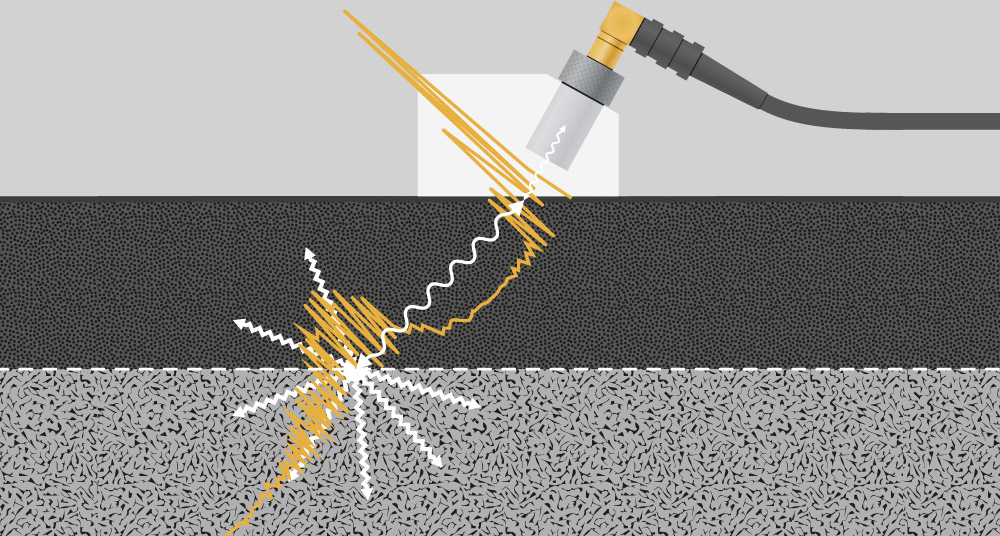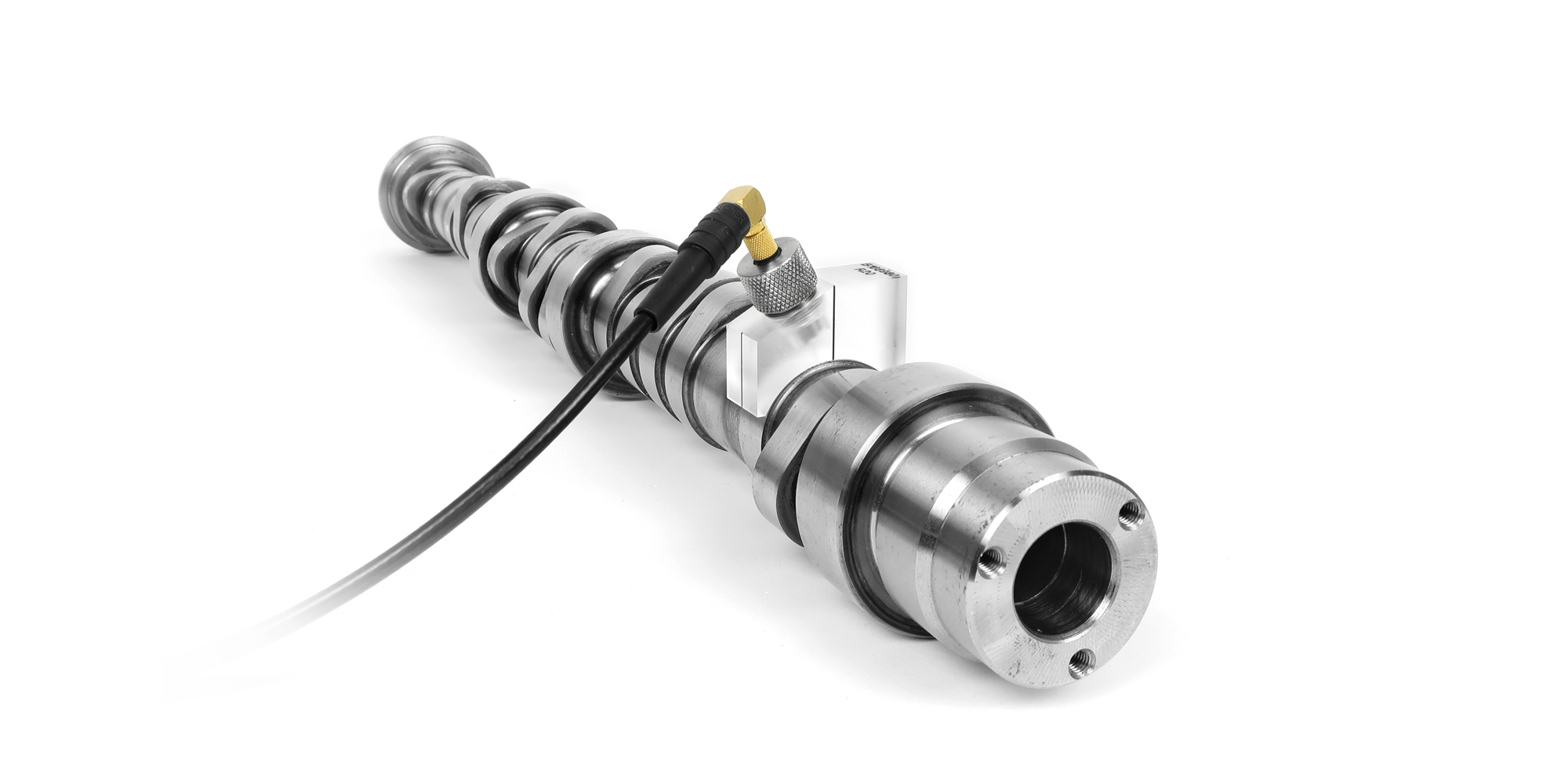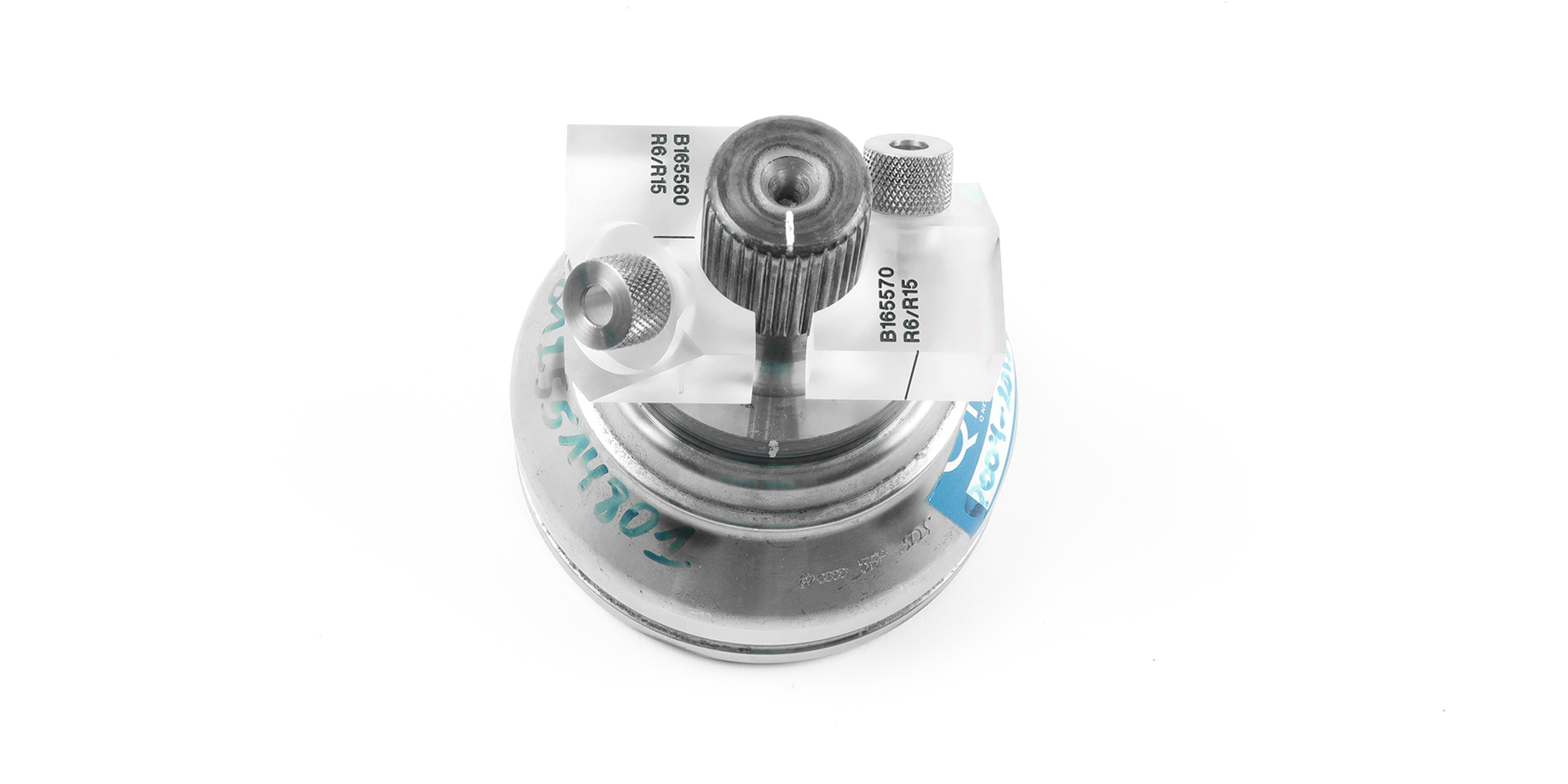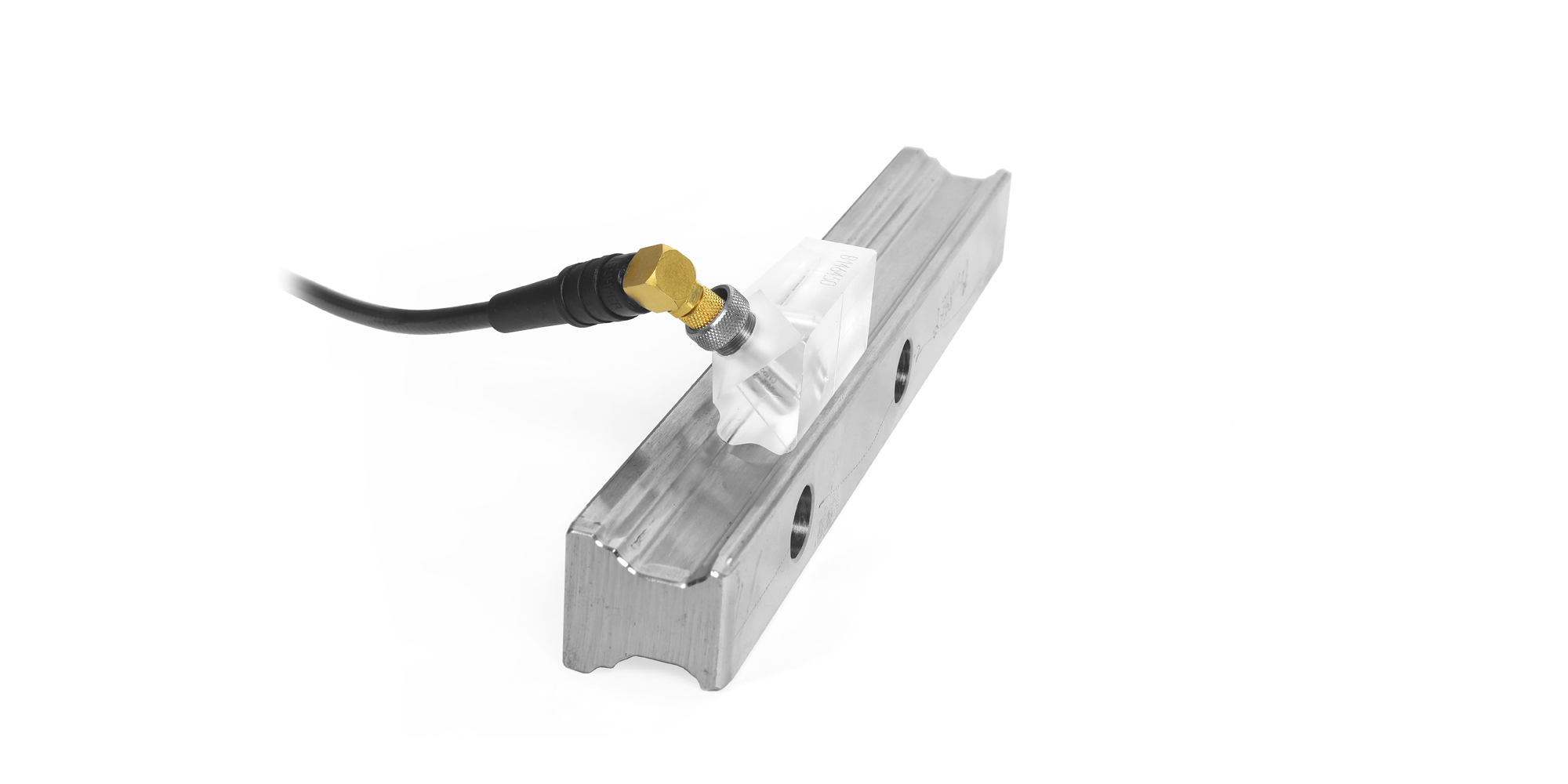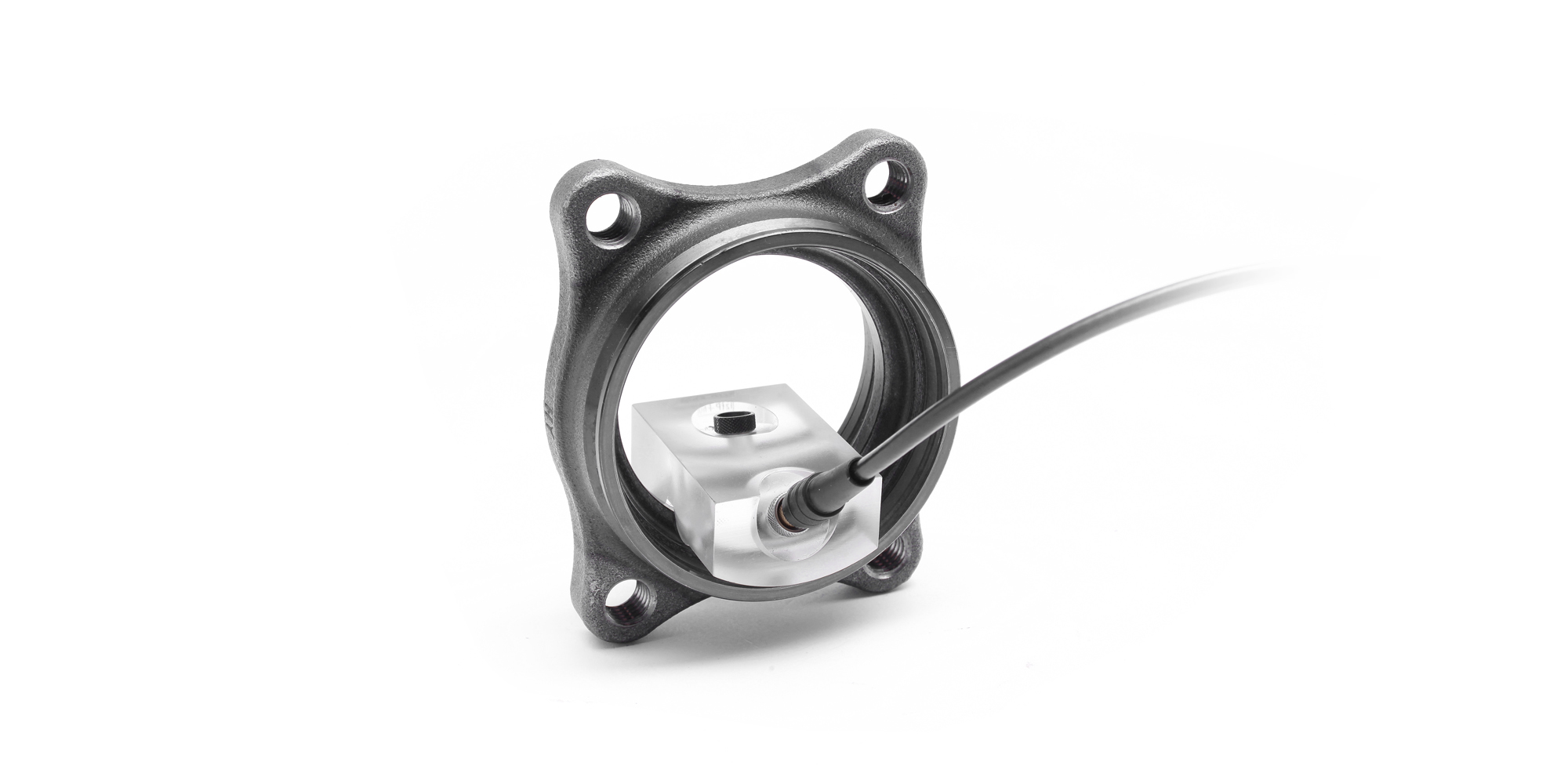Situation
Surface hardening improves the wear resistance and fatigue strength of dynamically stressed components. These functional characteristics are mainly determined by surface hardness, hardening depth and residual stress.
An essential quality feature of the surface hardening process is the thickness of the hardened layer (SHD). Currently, the hardened layer can only be tested in random samples using destructive methods, a procedure that is both costly and time-consuming. More Information.
Solution
In cooperation with the Fraunhofer Institute for Non-Destructive Testing (IZFP), we have developed an ultrasonic test instrument for fast and easy SHD control. Reduced efforts and costs for testing facilitate rapid production control for a consistently high level of quality. The test instrument is used to optimize manufacturing parameters, reduce downtimes after inductor changes, for production monitoring and quality control.
Advantages
short setup times
simple, uncomplicated calibration
fast and easy scanning
high test sensitivity
comfortable sensor handling
sensor adaptable to complex geometries
visualization of the current test point
testing at small radii and undercuts possible
individual report templates
storage of results in data base
analysis and revaluation of test results
line scans and circumferential scans
automation possible
Method
The test method is based on the effect that the hardened layer is almost transparent to ultrasonic waves while the non-hardened material scatters them back. The backscattered signal received by a probe, is processed by the UT hardware and automatically evaluated by the software. The Surface Hardening Depth (SHD) is calculated and displayed by the software.
In most cases the results comply with the results of destructive methods. SHD values > 1.2 mm are determined using standard equipment. Lower SHDs can be tested with special probe systems.
Figure: Ultrasonic Backscatter Technique
Contact:
Dipl.-Ing. Tobias Müller
Phone: + 49 (0) 681/9767153
Fax: + 49 (0) 681/9767158
Features
• 4 ultrasonic channels
• built for industrial use (IP65)
• portable for mobile use
• inspection frequencies: 5 – 25 MHz
• measurement repeatability: ± 0.2 mm
Testing Software “SHD-Studio”
• setup mode
• custom test programs
• import / export of test programs
• tools for visualization and analysis of test results
• individual test reports
Testing Software “SHD-Studio”




